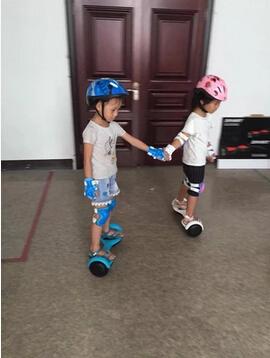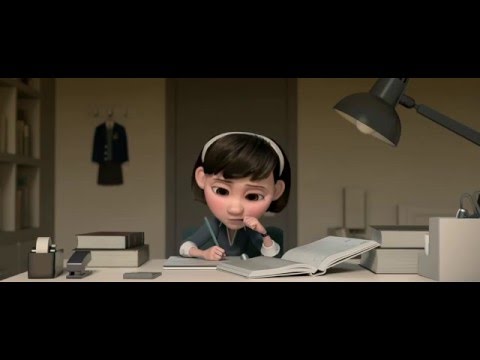Basing our decisions towards health usually come from somewhere. They could come from our personal research, our moral beliefs, or even our spiritual stance; just to name a few. We typically don’t have the knowledge or confidence to make large decision, or communicate about something extremely personal without reliance from an outside source–be it a God, mentor or a textbook. Whatever it is, it’s natural for the human mind to rely on something more than just ourselves.
Having a concept of faith, in a way, evokes a sense of responsibility and loyalty and may influence our morals and ethics, which also relate to health communication in the sense of seeking treatment. Parrott talks about how religion effects the way we view research and whether it should be conducted, and on which grounds. Our concepts of faith may also be used to justify efforts or lack thereof. Some religions physically influence health. Islamic teachings prohibit the use of tobacco and alcohol and obviously this would positively effect the health of those practicing the religion. Other religions and churches offer tangible outreach houses like clothing centers and food banks. These programs allow for basic human survival and influence physical health in a positive way as well as a mental way. Both of these examples successfully employ the use of spiritual beliefs and practices to increase physical longevity as well as psychological comfort. Back in my hometown (Fairfield, OH) I vividly remember volunteering at various clothing centers. One of which was based at my home church at the time. Here, we would organize thousands of garments and sort them into their respective rooms. Following the organization, we would then monitor the rooms as people would flood in and gather the garments that would suffice for the upcoming season. These people in my community were in need and the church recognized that physical need by creating this clothing center. In return, the number of people in attendance on Sunday mornings rose. By recognizing the physical need to provide for the community so that it would remain healthy in the months to come, the health of the church also flourished because attendance rose.
Moving onto health communication and treatment, there are and always have been two distinct sides: religion and science. What if they were meant to coexist? Religion as a belief denies the belief in science and scientific explanations. Parrott addresses this with the final statement in this section being, “The science of religion often asserts that subscribers should view the two as complementary rather than mutually exclusive.” I personally agree with this statement as I identify with both religion and science and think that they are meant to coexist. Sometimes, and Parrott recognizes that this may be unintentional, science gets pitted against religion. I would add to that and state that sometimes religion gets pitted against science as well. So, can they really coexist? John Horgan says, ‘yes’: they converge on proving our existence as both miraculous and mysterious and neither science or religion have a definite answer. So, each religion has different sets of values, guidelines and actions associated with healthcare and treatment; sometimes these beliefs conflict with science’s recommendation. When considering the ways that our faith defines rewards and punishments can lead us to make successful health decisions and ultimately prove that we don’t always have to have the answers or make the perfect decisions.
Sources, etc.:
Joe Horgan on “Can Faith and Science coexist?”
Islamic Beliefs Relating to healthcare
Roman Catholic Beliefs on Healthcare
(Mikayla Hounchell)



